The fast-changing food sector today makes it unequivocal that quality packaging is of utmost importance, especially for specialized products like puffed foods. Puffed Food Packaging Certification in accordance with international norms should be possessed by all manufacturers and suppliers wanting to guarantee the safety, quality, and sustainability of their products. As more consumers are becoming aware of their choices, following worldwide packaging standards has become crucial for businesses to attain customer satisfaction and stay within legislative requirements.
Hubei Jinde Packaging Co., Ltd. is leading this transformation with a firm commitment to quality and client satisfaction. We are focused on the research, development, production, sales, and service of plastic packaging materials affording us the opportunity to provide integrated lean packaging solutions fully customizable to the requirements of the puffed food industry. Through international packaging standards, we help our clients deal with the complexities of Puffed Food Packaging, enabling them to ensure their products are compliant for health-oriented consumers. This blog entails our journey about the key certifications, guidelines, and best manufacturing practices that encapsulate global standards for puffed food packaging.
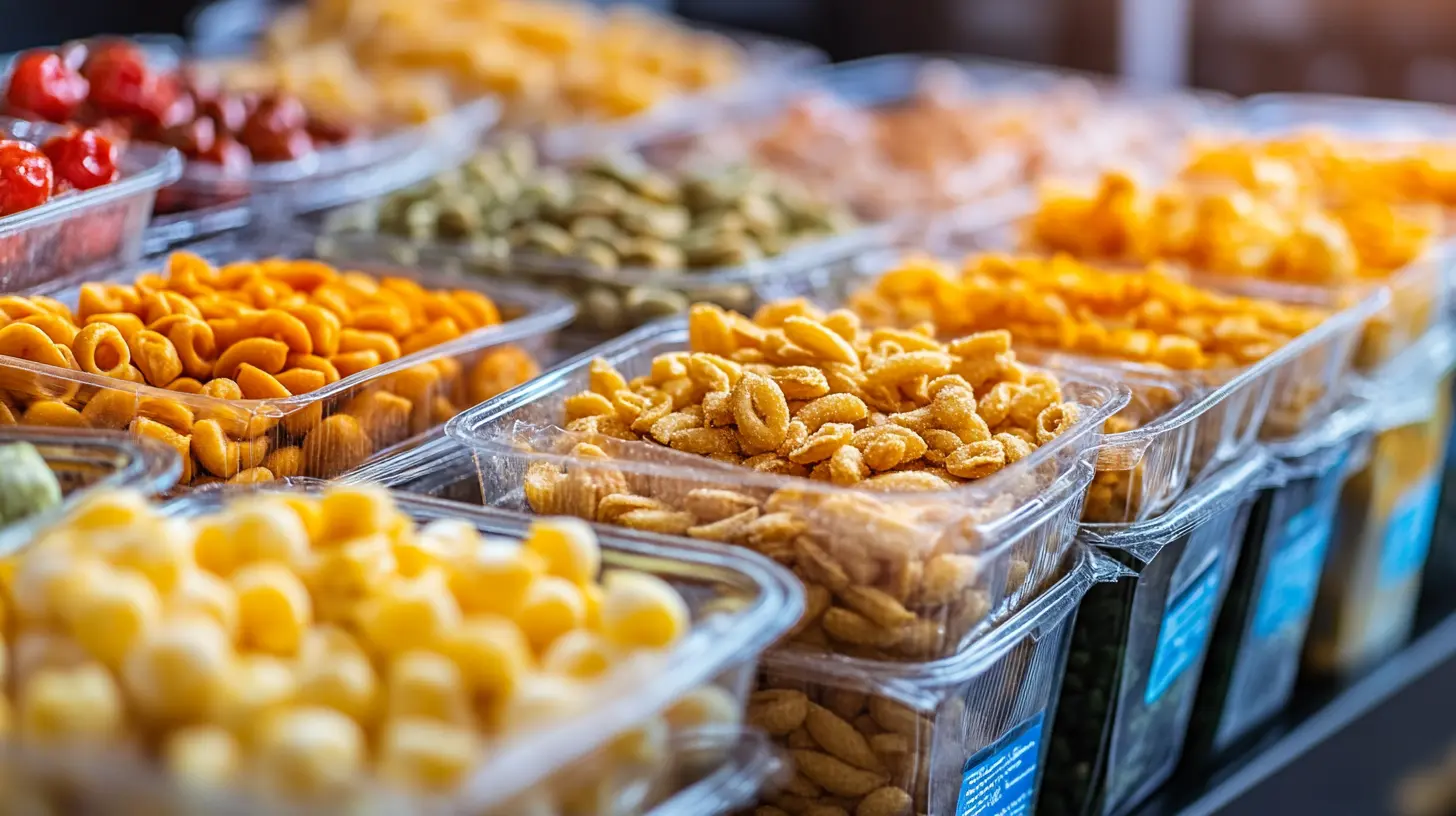
There are present and swiftly changing global standards for the food industry with specific focus on packaging especially for puffed foods. The palm oil certification recently introduced by Malaysia targeting the Chinese market, as far as it is, proves that international standards are essential. The promulgation of new common standards on children's snacks in China is indicative of another shift toward increased attention to the food safety and quality assurance dimension. This trend reflects what is taking shape more widely, that is, global harmonization in terms of food packaging and labeling, putting it to the tables to ensure consumers receive safe, nutritious products. All these actions taken move production lines to make high-value pet foods, as well as to other industries, towards higher quality standards. It builds consumer confidence while forcing the manufacturers to become serious with international certifications. Creating global markets will ultimately understand the ultimate needs of these businesses-as they make global reach-standards to base operations to remain competitive and consumer protective in puffed food packaging.
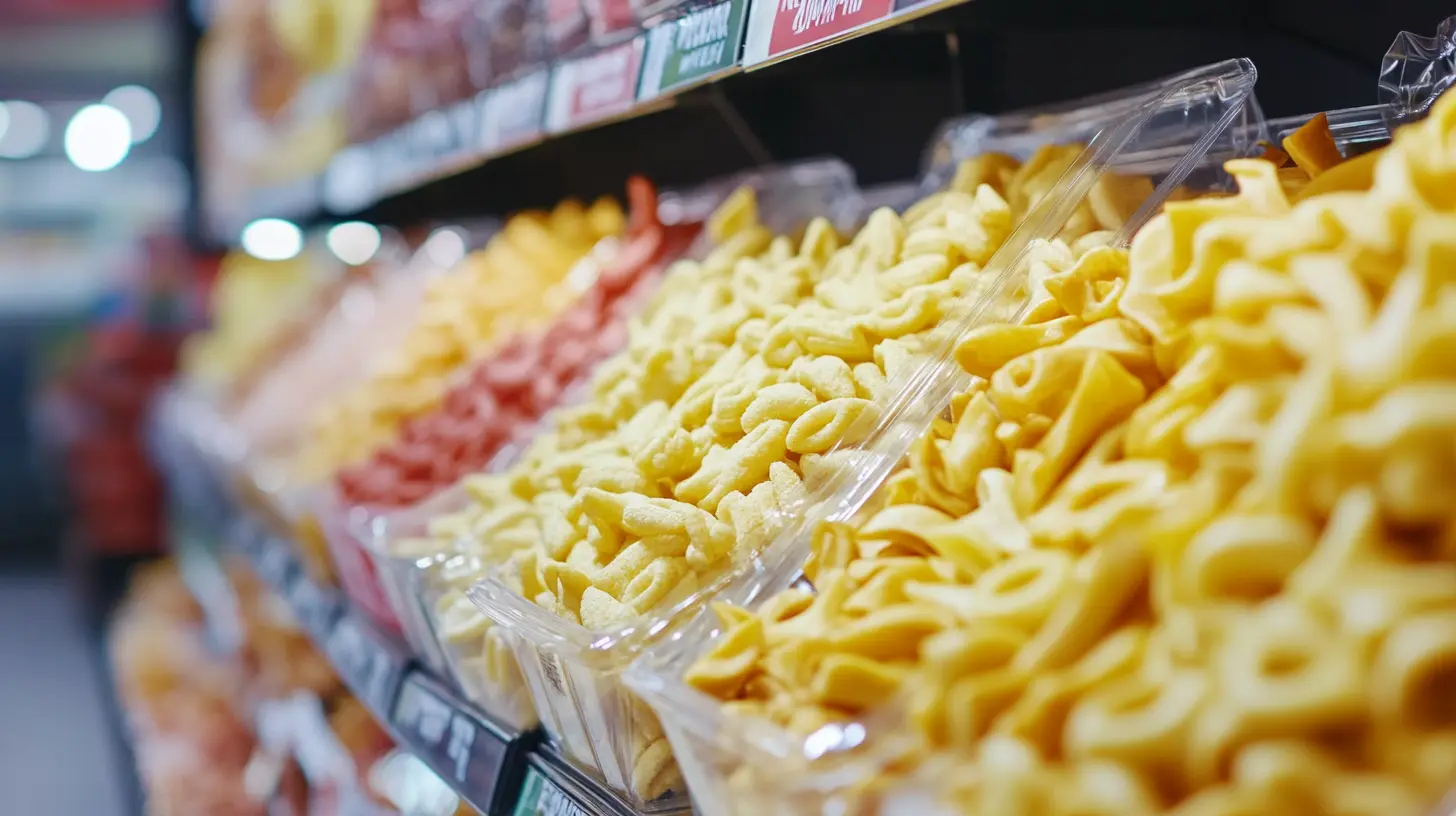
In the global arena, packaging quality for puffed foods is immensely important. With awareness among consumers regarding health and safety on the rise, well-certified packaging becomes a crucial factor in determining the safety of the snack itself for consumption. Packaging protects freshness, and texture, and contamination might be the hardest for puffed foods, which, as reported, face a lot of adverse behavior affecting food products with respect to health for children.
With countries strengthening food safety regulations, the certifications for the packaging materials are now important. Manufacturers must comply with an International standard so that their packaging functions well and conforms to the same safety guidelines. In countries such as China, where food safety is still a serious issue, respected manufacturers are rapidly paving their roads, investing in certified materials and automated packaging solutions. This shows commitment from the manufacturers, which will not only keep consumers safe but also earns goodwill for the brand in an increasingly quality-oriented marketplace.
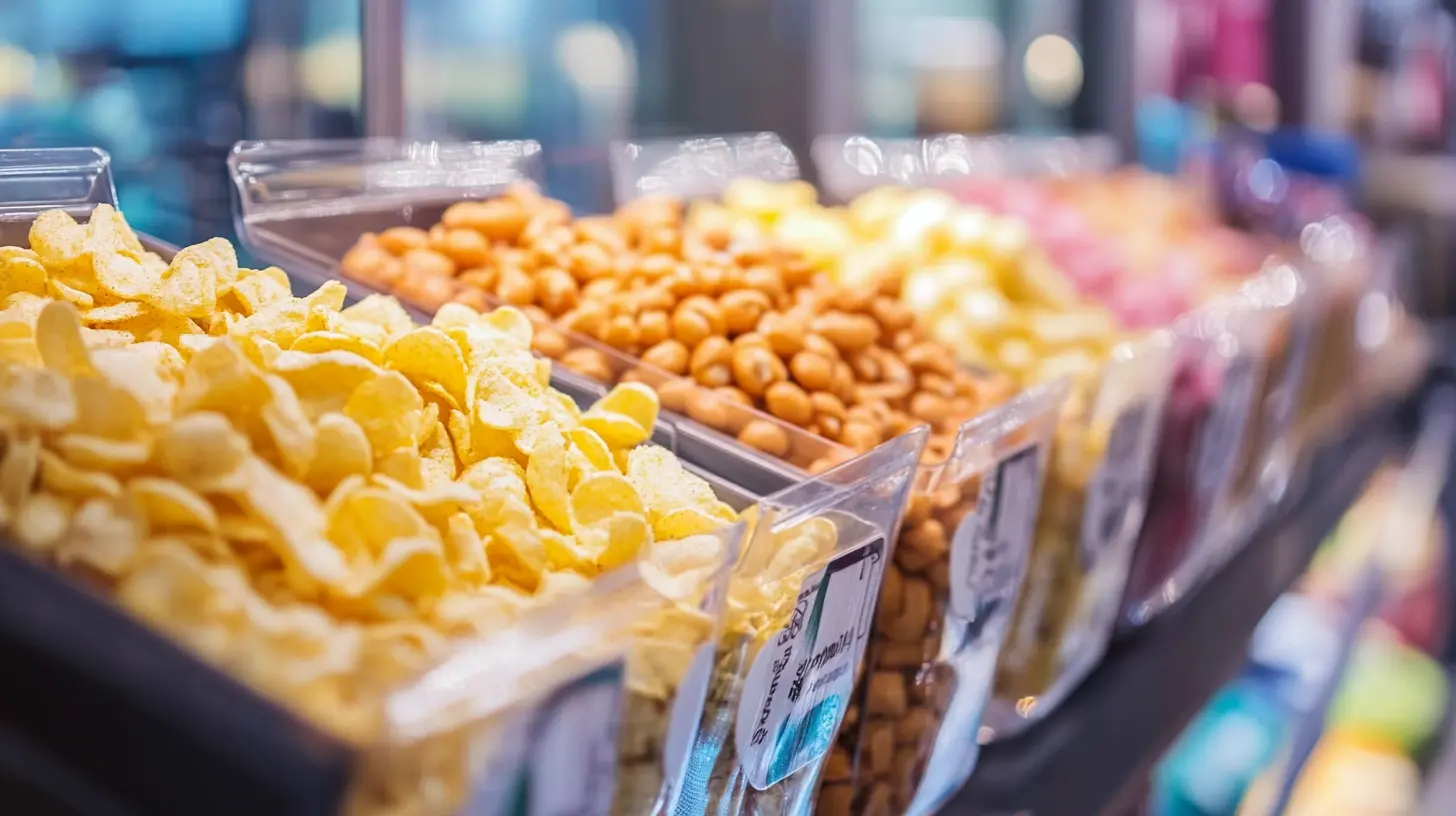
The knowledge of existing food packaging regulations becomes critical when dealing with puffed food products. Automated packaging machines make the effort toward standardized certifications for food safety even more important. Such legislation ensures food quality and fortifies consumers against any health hazards that may be related to low-quality packaging practices.
China has significantly improved its food safety situation. Quality control measures have become stringent, indicating that public health levels are still regulated. Recent reports reveal that food safety issues are rampant around schools, where unhealthy snacks can be detrimental to the child's health. These examples justify the need for strong enforcement of food packaging certifications along the lines of international standards to ensure that all food articles making it to the shelf are safe and of superior quality.
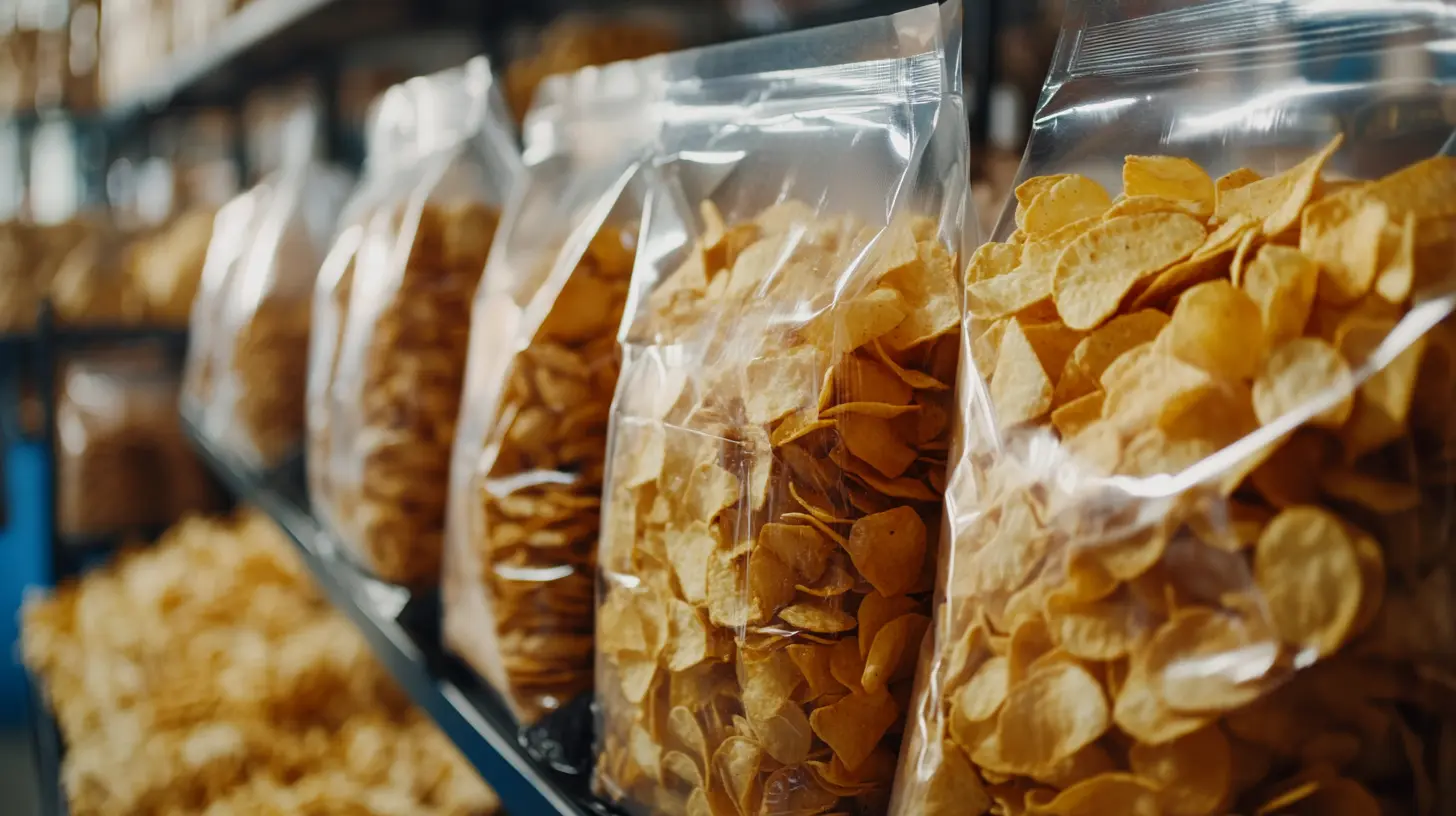
Various international standards are set for packaging materials in the food industry to ensure safety, quality, and sustainability. These standards are very important in maintaining food integrity and safeguarding the health of consumers. The BRCGS certification, for example, demonstrates compliance with rigorous food safety standards and an ongoing commitment to excellence in the packaging and production processes.
The latest developments within the certification space accentuate the promotion of sustainability and digital transformation. Companies are now seeking certifications that not just deal with the traditional safety concerns but which are also about the reduction of environmental impact. We see this shift in events promoting green manufacturing and supply chain enhancement to pave the way for innovative packaging solutions covering global sustainability goals. As the industry gradually evolves, adherence to these global standards will become increasingly important for brands hoping to thrive in a competitive market.
Certification provides safety and quality assurance with respect to puffed food packaging. With the ever-growing popularity of puffed snacks among consumers, especially in the pet food industry, it becomes paramount to comply with global standards. Packaging maintains the freshness and nutritional value of the product while protecting it against environmental contaminants.
In a case like Daiyue District, where several companies are becoming leaders in pet food production, the issue of certified packaging is important. Strict adherence to safety and quality standards instills customer confidence, which becomes a value addition worth considering while marketing the products. The collaboration with regulatory bodies ensures that the manufacturers abide by these standards to protect public health and promote sustainable production practices.
Consumer preferences are changing faster than ever, now leading to greater demand for innovations and sustainability in packaging options in the puffed food sector. With more and more consumers focusing on health and environmental impact, packaging laws have followed suit. Companies are now focusing on transparent labeling and eco-friendly materials as a way to satisfy the more mindfully conscientious consumer.
Due to the recent advances of the pet food industry in which processing capabilities rank among the top nationally, stringent packaging standards are now paramount. For the production of quality pet food, the very fact of packaging complying with world standards for safety will ensure the trust of the consumers. As packaging laws develop, their alignment with consumer preferences will be the deciding factor for industries that hope to succeed in a competitive arena.
Today, the certified present conditions for the burgeoning level of puffed food packaging are stamped with emerging, innovative companies. A good example of this is the newly founded high-end pet food manufacturer from China, which now proudly stands as one of the market leader-suppliers focused on the finest pet food quality and safety.
With this achievement, such pronunciations of stringent testing and international standards compliance include certification not only for product safety but also to increase the brand's reputation and consumer trust.
Company investments in sustainable packaging have increased, partly due to the growing demand for safe, high-quality puffed food products. These include practices that encourage compliance with international standards and address environmental issues, and frontrunners in the industry can show others how certification can be achieved. Packaging of even greater conformity and innovation takes the food industry in general, specifically in pointing out the function of certifications in the development of product quality and consumer confidence.
Emerging technologies for puffed food packaging offer innovative potentials as compliance issues become important. With safety threats rising due to events such as the recent unsafe food incidents, stringent packaging standards became an immediate necessity. This puts companies in a position of having to adopt modern materials and techniques that would improve shelf life and ensure food safety as protector.
The new industry standards, as well as children’s snack standards, are nonetheless significant studies that speak purely compliance for food packaging industry. These standards are intended to safeguard at-risk consumers from possible harm caused by harmful additives. However, even as manufacturers delve into next-generation packaging technologies, they will have to ensure compliance with emerging regulations and consumer expectations. The future of puffed food packaging will be heavily dependent on balancing innovation with high safety specifications.
The importance of certification bodies is mostly paramount in aligning puffed food packaging with the requirements of international standards. The very role of the certification organization is on evaluating and authenticating that the manufacturers have fulfilled the safety or quality requirement set forth: essentially, providing a market where consumers believe in the integrity of the products of a given manufacturer. Manufacturers will have a baseline model against which the commitment to the exact meaning of what quality means can be assessed, especially since the interpretations of the definitions differ from one region to another.
Thus, though predominantly focusing on the safety aspect of food, the debates have raged regarding the food quality and safety conditions in China. Pet foods are recorded as part of innovative products produced by industries, and some of these are attaining national production standards. So important is it that such companies have certifications. Hence an interest in the certification authorities established to evaluate compliance of the products with global standards but also to promote international trade by making it easy for exporters and importers.
The packaging certification landscape is constantly changing to meet new health and safety standards. The recent trends have given rise to a more severe certification regime centered on transparency and consumer safety. Manufacturers must now seek certifications that ultimately prevent the use of any harmful additives in the production process, as the Clean Label movement adds more confidence to consumers.
An increase in regulatory changes is expected that will influence how puffed foods are packaged and labeled. Companies may have to implement stricter quality control measures to show compliance with health standards. The trend for clean labeling is not just a cool trend; it is a new way of marketing health-conscious products that have made people rethink already existing processes of packaging certification. The near future of packaging for puffed food seems to be brightened with creative innovations to meet consumer demand for safer and cleaner choices.
The global standards for puffed food packaging are evolving, with a focus on adhering to international regulations that emphasize food safety and quality assurance, particularly in emerging markets like China.
Malaysia's palm oil certification highlights the importance of complying with international standards, reflecting a commitment to safe and nutritious food products for consumers in the Chinese market.
There has been an introduction of new group standards for children’s snacks in China, which signifies a growing emphasis on food safety and quality assurance for vulnerable consumers.
Emerging technologies offer innovative opportunities but also present compliance challenges, as companies must ensure their packaging materials enhance food safety and shelf life while adhering to strict industry standards.
The Clean Label movement encourages manufacturers to seek certifications that guarantee their products are free from harmful additives, thus reinforcing consumer trust and promoting transparency.
Companies will likely face more stringent regulatory changes that will affect packaging and labeling practices, necessitating enhanced quality control measures and compliance with health standards.
Innovations in production lines, especially for high-end pet foods, signal a shift toward higher quality standards and emphasize the need for manufacturers to comply with global certifications.
Consumer demand for safer, cleaner options is driving innovation in packaging, prompting businesses to adopt rigorous safety measures and comply with evolving standards.
Compliance with packaging standards is essential to maintaining consumer protection, trust, and competitiveness in the rapidly evolving global food market.
Manufacturers should prioritize compliance with health regulations, adopt enhanced quality control measures, and remain vigilant about aligning with evolving consumer expectations and packaging technologies.
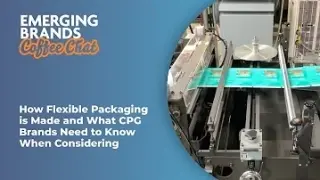
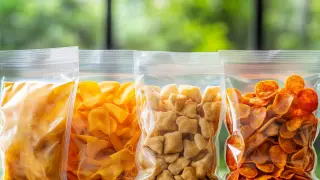




 中国
中国